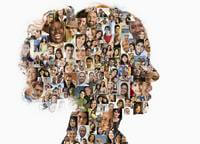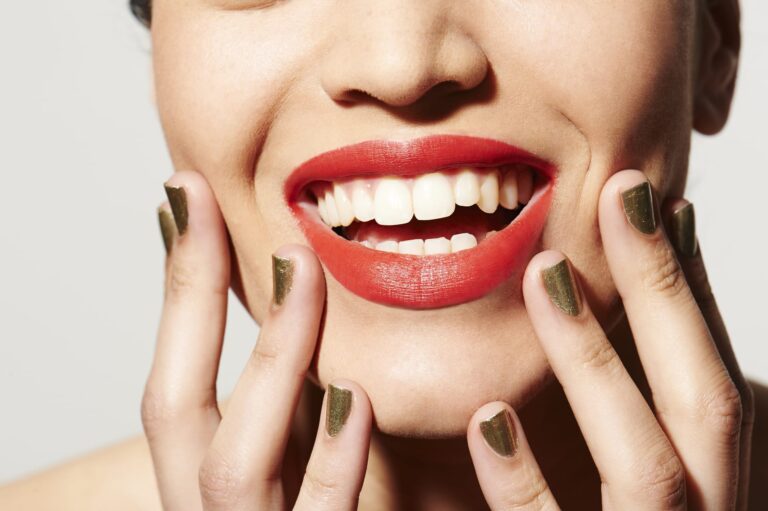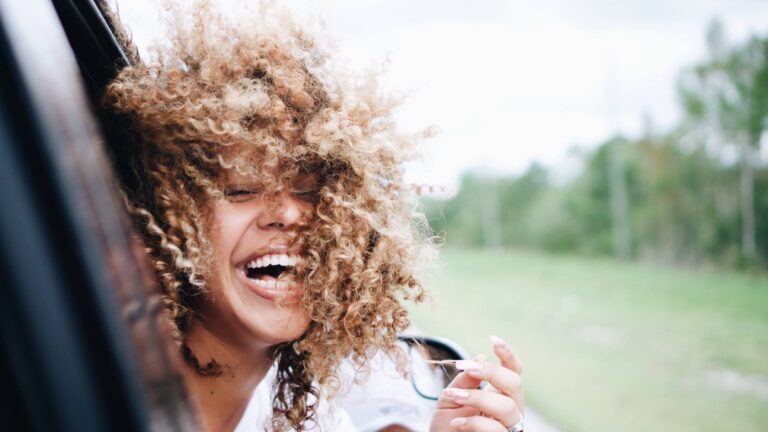Do you know why hair (is) curly?
Some people are born with curly hair, others with straight locks. Each of us is different, and that diversity is wonderful. Have you ever wondered why hair becomes curly? Find out what makes some people’s hair curly and discover the curly secret.
Why does hair curl? Genes are to blame. To explain why hair curls, we have to start at the root of the problem. We need to look under the microscope at the roots of the hair. It’s in the roots that the information about why hair curls is stored. So we can say with certainty that curly or straight hair is a genetic trait. The shape of the roots determines how the hair grows.

Does hair contain gold?
Hair grows from the follicle. This hair “root” is the follicle, which is made up of living matrix cells. It is from the bulb that the hair shaft grows in the part we can see. It goes without saying that nutrients and building materials must penetrate the hair bulb.
The papilla is responsible for this, and is “connected” to numerous blood vessels. The sebaceous gland is also worth mentioning. The sebaceous gland is also responsible for sebaceous gland activity, and its activity affects how quickly hair becomes greasy.
- Also read: choosing a curling iron for my hair
Why does curly hair curl?
Hair is mainly made up of keratin, a protein with a set of 18 amino acids, which accounts for between 65% and 95% of the hair’s structure. The inside of the hair is surrounded by a special sheath, the hair cuticles. They are flat and overlap to form a kind of shield. The scales are composed mainly of ceramides and fatty acids.
They are responsible for protecting hair from harmful external elements, retaining water, softness, shine and static electricity. If the scales are “closed”, hair shouldn’t frizz.
Hair is therefore located in the hair follicle and comprises the inner root and the outer shaft. Hair is made up mainly of keratin. It also contains melanin, the pigment responsible for hair color, water and the inorganic components nitrogen, sulfur, silver, sodium, nickel, magnesium, potassium, zinc, calcium and the aforementioned gold.
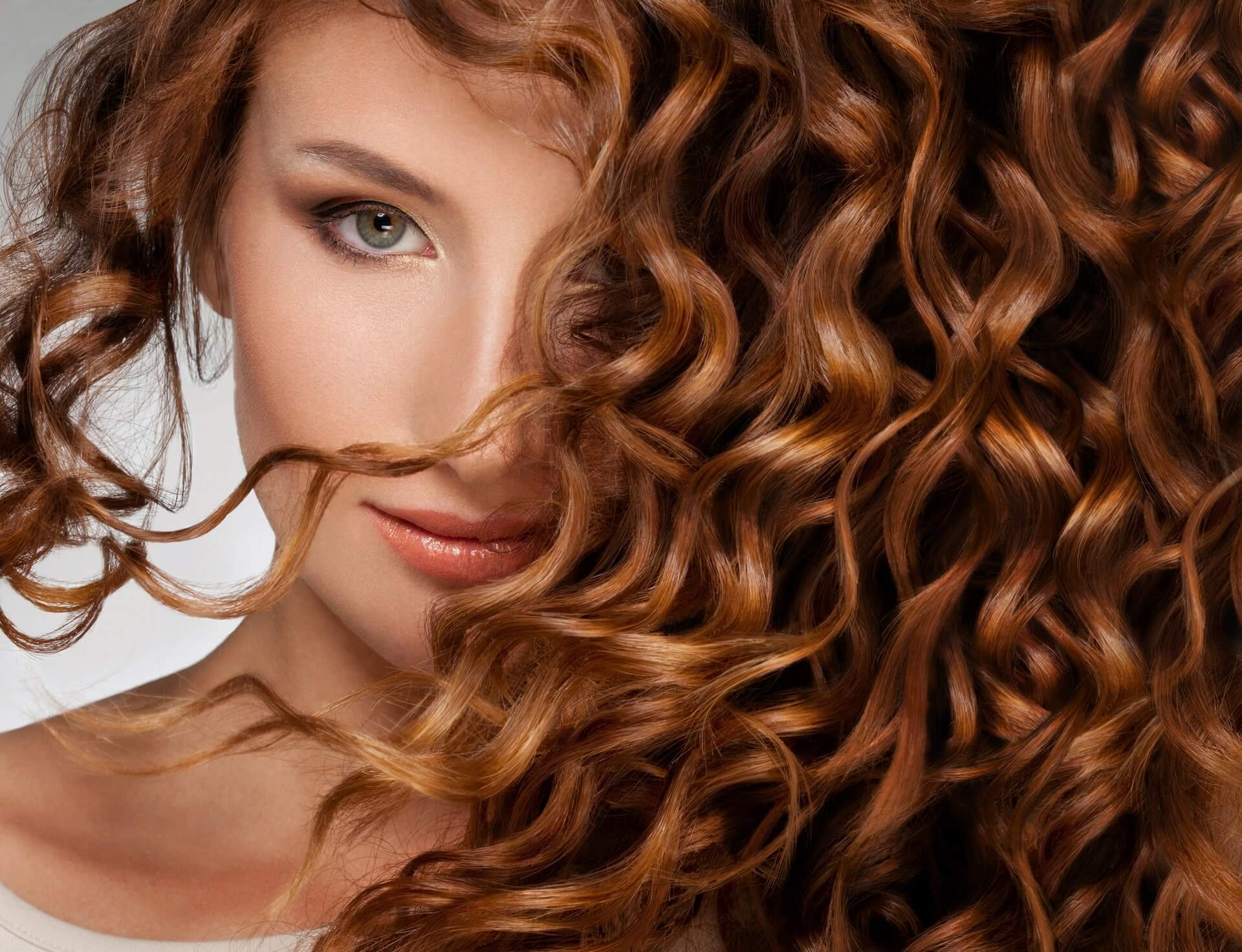
How does hair grow?
You’re probably wondering why hair grows in curls. To answer that question, we need to look at how hair grows. Therein lies the secret. A hair grows from a follicle, which looks like a tube in the skin. At the bottom of this tube is a bulb, made up of living cells. The cells multiply, grow and eventually die.
Dead cells are “pushed” upwards, and this is how hair is created. In essence, hair is made up of dead cells. Under the microscope, hair looks like rods of varying diameter. Straight hairs have a circular cross-section.
An elliptical cross-section is typical of curly hair. The shape of the hair is influenced by the shape of the root. Bulbs with an irregular structure generate asymmetrical hair, i.e. curly hair. And therein lies the answer to the question of why hair curls.
There’s tension in the different layers of curly hair, which causes it to curl. It all starts with the roots, whose shape we inherit from our family and ancestors. It’s worth noting, however, that if hair shape is strongly influenced by the variant of a certain gene, two people with straight hair can have children with curly hair. Curls are inherited in a straight line, but not necessarily.
Hair biology and experiments
Young people aren’t the only ones interested in why hair curls. Scientists are also looking into the matter. An experiment was carried out at the L’Oréal Research Institute a few years ago. The aim was to compare the hair of Africans and Europeans. Why was this? Because most Africans have curly hair, while Europeans have straight or wavy hair. The comparison was supposed to answer the question of why hair curls.
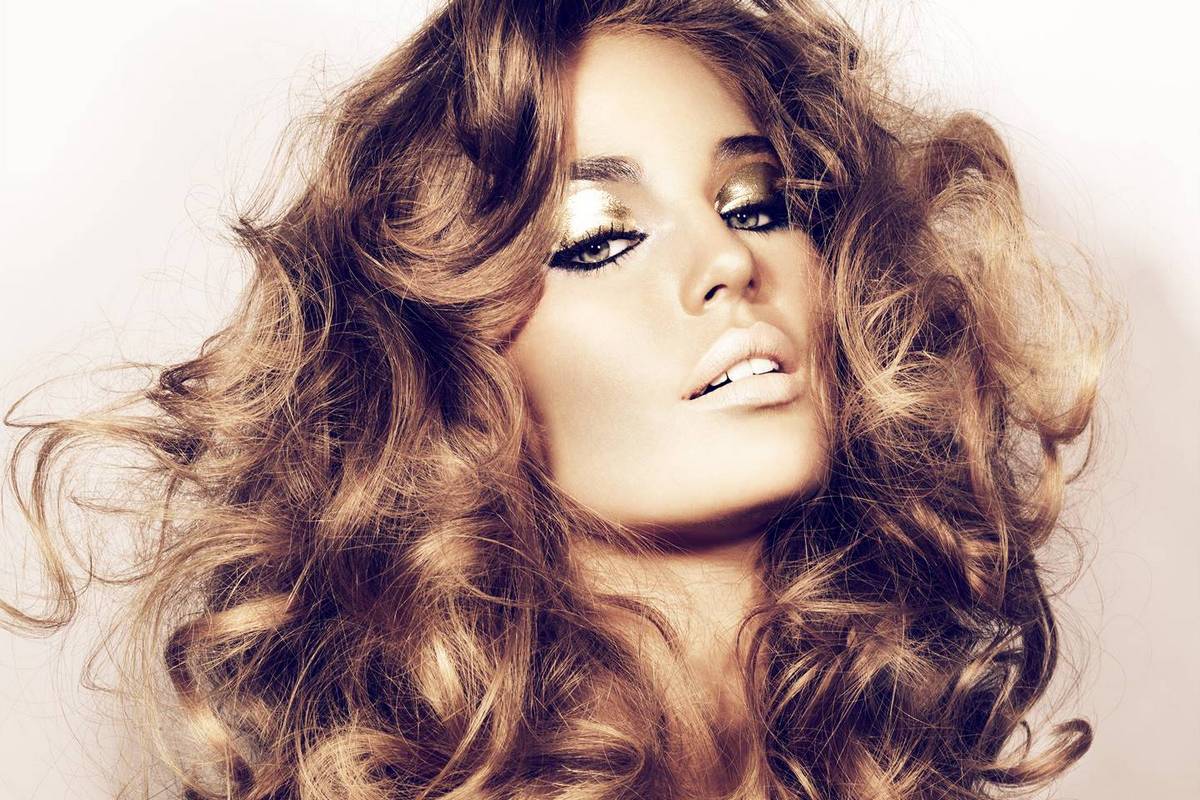
How did the study work?
Hair from Europeans and Africans was cut and grown in an artificial medium. These hairs were then subjected to a series of tests. The experiment showed that irregularly shaped roots produce curly hair with an elliptical cross-section.
Why do Africans have curly hair?
There was a time when the human body was largely covered in hair. Over time, through evolution, most of the hair has disappeared. Why is the head covered in hair?Think about what the head means. I’m talking about our command center. The brain. The brain must be properly protected. The skull and hair, among other things, serve this purpose.
In Africa, it’s very hot and one of the most important things was to protect the brain from the sun and heat. Over the course of evolution, our bodies developed an almost perfect solution with curly hair!

Where does curly hair come from?
Curly hair is thick and stiff by nature. This provides protection against UV rays and also allows air to circulate. Sweat can slip through the gaps between the hairs and evaporate, which is also important, especially in hot places like Africa. In Canada, they’re not exposed to such intense sunlight and hot temperatures, so our bodies have done without this protection.
A secret gene you certainly didn’t know about. According to scientists at the Queensland Medical Research Institute in Australia, a gene called trichohyalin is responsible for curly hair. This gene is thought to be responsible for an imbalance of amino acids in the hair, causing strands to become frizzy.
How did Australian researchers discover why hair curls? They studied 16,000 twins, or more precisely, their hair from European countries. Their research led them to conclude that trichohyalin disrupts the amino acid balance and causes hair to curl naturally.
What is the link between the pill and curly hair?
If you were hoping for a pill that would permanently transform straight strands into a storm of curls, I’m afraid I’m going to have to disappoint you. Those with straight hair are left with only the traditional curling method, the curling iron.
According to scientists at the Queensland Medical Research institute, while investigating why hair curls, they came to the conclusion that there’s an easy way to make curly hair straight. And permanently! Have you guessed what it is yet?
Apparently, all you have to do is restore the amino acid imbalance and your hair will stop frizzing. But how? Researchers are said to be working on a pill to do just that. However, there is as yet no definitive way of straightening frizzy hair.

Has your hair always curled the same way?
Sometimes you notice that the curl pattern of your hair changes. Suddenly, your hair is less curly and more wavy. In fact, there are a number of factors that lead to a decrease in natural curl. Do you know why hair curls differently at different times of life? One factor that affects curl is hormones.
Certain hormonal changes can make naturally curly hair less curly. This sometimes occurs during the menopause or after pregnancy. Similar changes can also be observed during puberty, although more often than not, teenagers notice the opposite. Previously straight hair suddenly turns into waves.
Certain hormone-related illnesses also lead to a loss of curl strength. These include diabetes mellitus and thyroid problems. Some women also notice a change in their curls due to contraceptive use. Of course, hormones are also involved here. Hair can also curl less when it’s longer.
Proper hair care also has an influence on curls. Damaged, neglected and dry hair doesn’t look as good as hair that’s been given more attention. Proper care is the key to beautiful curls.
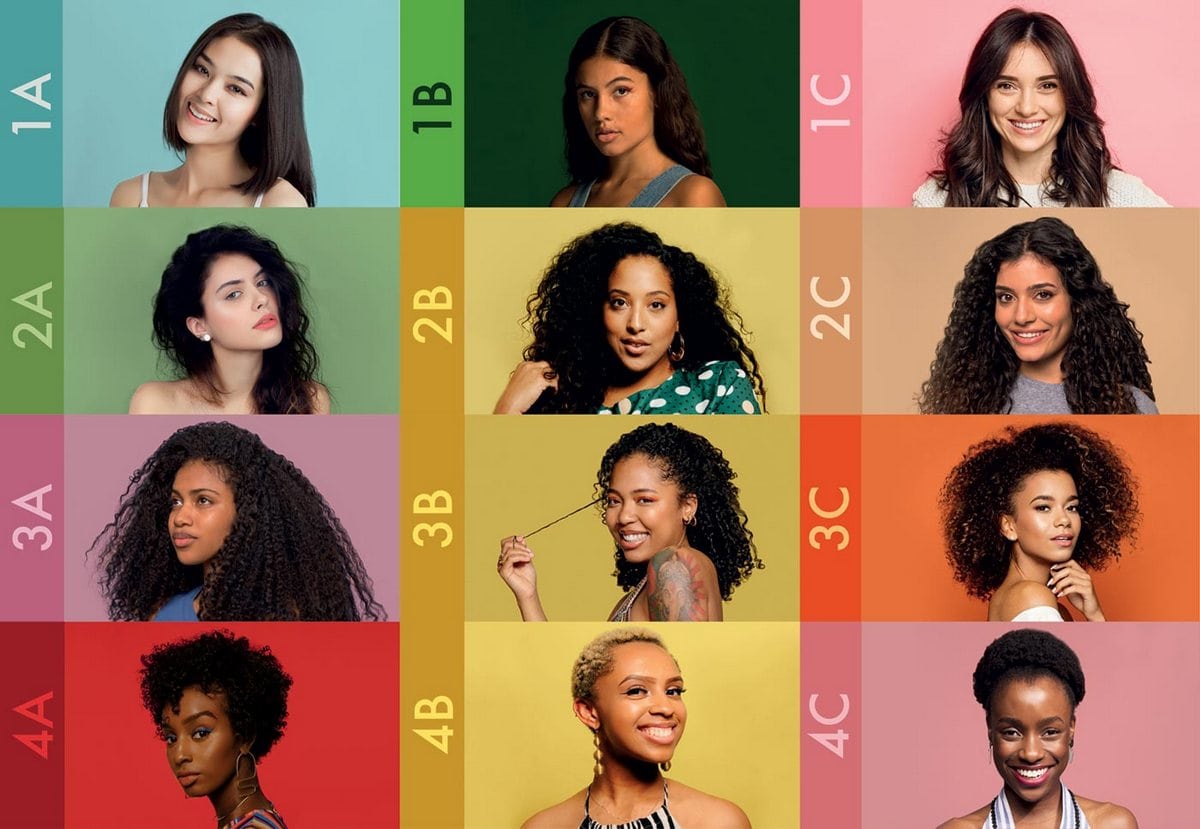
The world of loops, or loop types
Most Canadians have straight hair. But not everyone has straight hair. And at this point, it’s worth noting that curly hair is different. Some are curlier, others less so. There are several types of curl texture. This information is important, as some manufacturers of curly hair products create dedicated series for specific types.
In simple terms, we distinguish between waves, loops and spirals. Within these three groups, loop strength can also be divided into soft, medium and tight. We explain exactly how to do this in the table below.
As you can see, waves are a fairly subtle twist, curls have a little more volume and generally have a thicker, denser texture than waves. Spirals, on the other hand, are tightly coiled and spring-like. They have a “pencil” volume, are tightly wound and sometimes coarse. Interestingly, if you smooth type 4C, you’ll notice that the strands are up to 75% longer than they were originally.
Spiral hair is the most difficult to care for. What’s more, the more twisted the strands, the weaker they tend to be. Twists are one of our hair’s weakest points. It makes them rough, prone to breakage and dryness. Now we know why hair is curly!
“One of my biggest dreams is that my company will be able to change the course of one family’s life, one child at a time by giving back to the community.”

